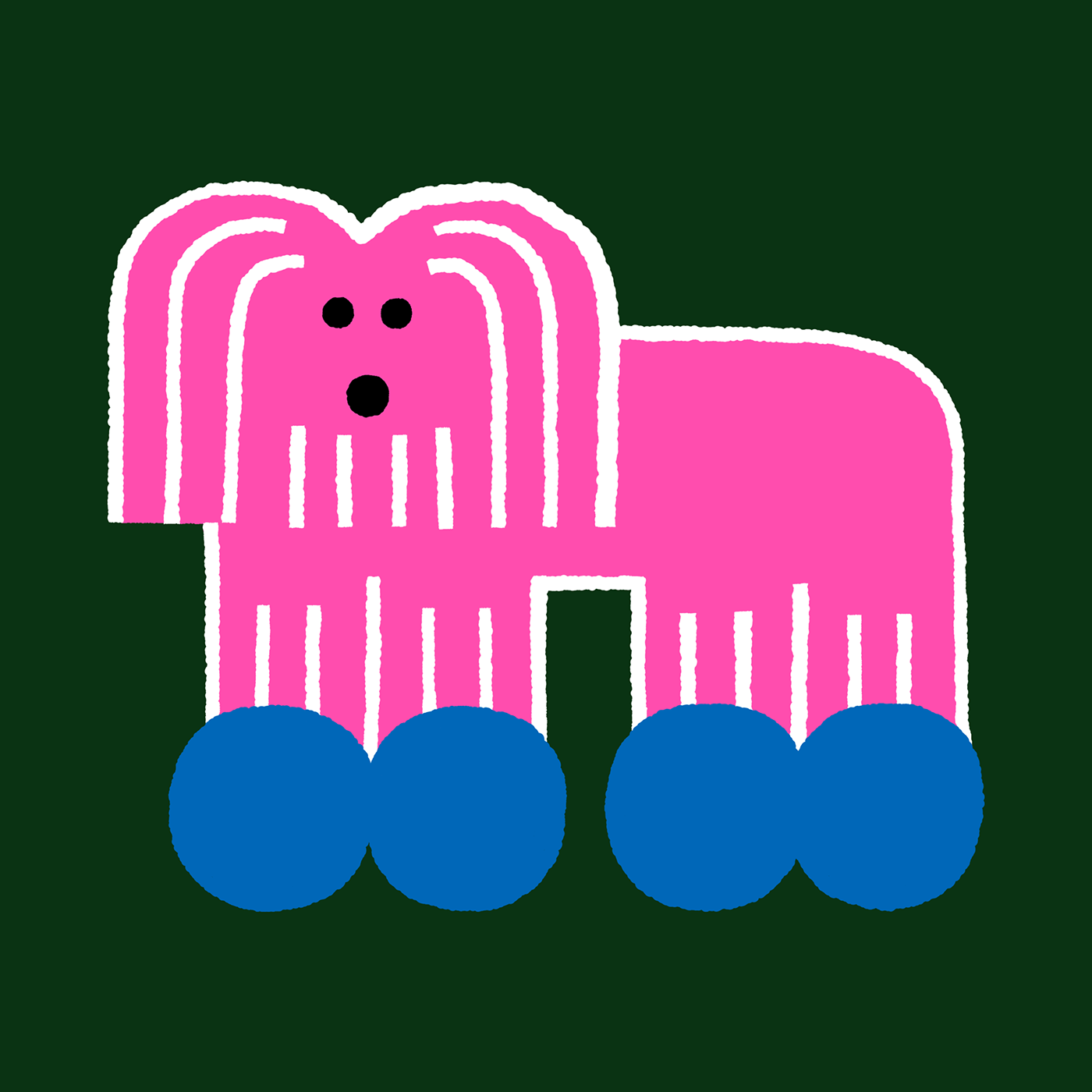The Unwavering Role of Humans in the Design Industry:
Introduction:
The rapid advancement of artificial intelligence (AI) has sparked both excitement and apprehension across various industries, and the design industry is no exception. While AI has shown great promise in automating tasks and enhancing efficiency, the notion that it could completely replace human designers remains a contentious topic. In this blog, we will explore the idea that AI cannot take over the design industry; instead, it is the inability of humans to adapt that poses the real challenge.
AI as a Creative Assistant
AI has undoubtedly made significant inroads in the field of design. It can generate designs, assist in creative processes, and even predict design trends. AI tools can quickly analyze vast datasets, helping designers gather insights into consumer preferences, market trends, and emerging styles. This accelerates the research phase, saving valuable time that designers can then devote to the creative aspects of their work.
Moreover, AI can automate repetitive and time-consuming tasks, such as resizing images, generating templates, or handling data visualization. This not only increases productivity but also frees up designers to focus on more intricate and innovative aspects of their projects.
AI in the design industry should be seen as a valuable assistant that complements human creativity, rather than a looming threat. It excels at crunching numbers, spotting patterns, and executing tasks with precision, but it lacks the essential human touch.
The Essence of Human Creativity
Design is a deeply human endeavor. It involves the marriage of form and function, the expression of culture, the communication of ideas, and the evocation of emotions. The unique and imaginative qualities that designers bring to their work are rooted in human creativity, intuition, and a profound understanding of the human experience.
Artistic interpretation, emotional depth, and cultural relevance are attributes that define the success of a design. These elements are elusive to AI, which operates based on algorithms and data. AI may generate designs that follow trends and patterns, but it struggles to create something truly original or to deeply resonate with human audiences.
The Inability to Adapt
The primary challenge facing the design industry is not the potential for AI to replace designers but the inability of some professionals to adapt to the changing landscape. AI is a tool that can enhance a designer's capabilities, but it cannot replace the designer's ability to think critically, solve problems, and craft innovative and meaningful solutions.
Designers who fear AI or resist its integration into their workflow may find themselves left behind as their peers leverage AI to become more efficient and innovative. Instead of resisting change, designers should embrace AI as a partner in the creative process, using it to augment their skills and improve their output.
Conclusion:
The design industry is not on the brink of an AI takeover. Rather, the true challenge lies in the ability of humans to adapt to and leverage the potential of AI. By embracing AI as a creative assistant, designers can tap into its strengths, such as data analysis and automation, while retaining their uniquely human qualities of creativity, intuition, and emotional resonance. AI should be seen as a valuable ally that empowers designers to reach new heights, ultimately making the design industry even more dynamic and exciting. As long as designers continue to adapt and evolve, the future of the industry remains in good hands.



